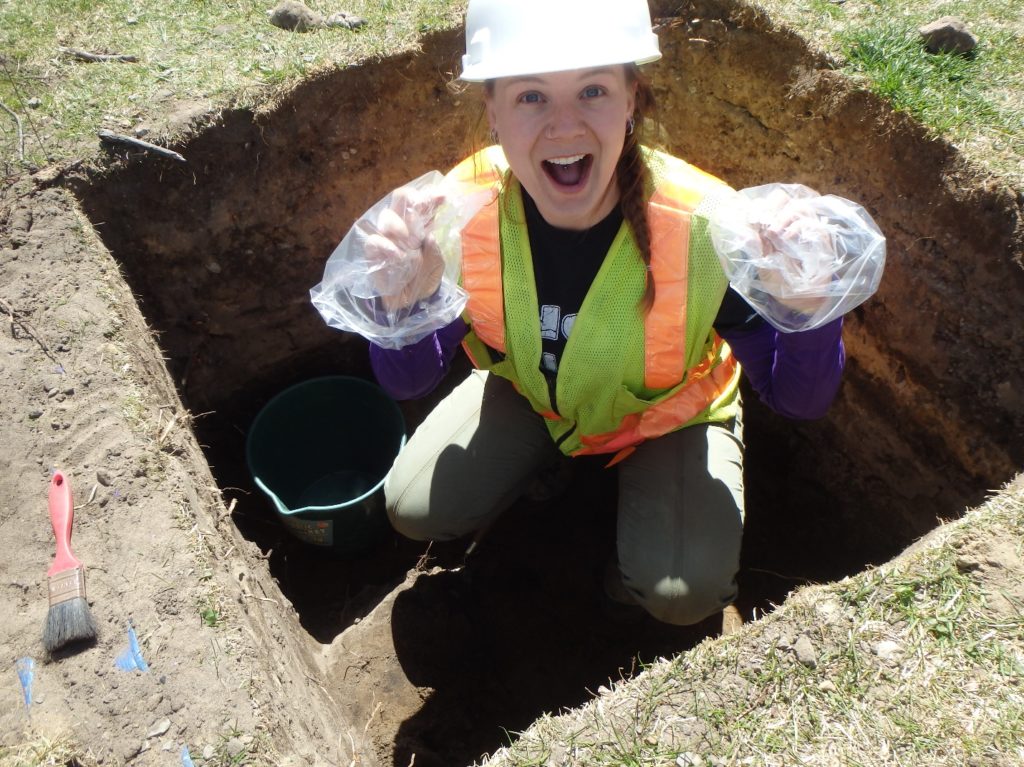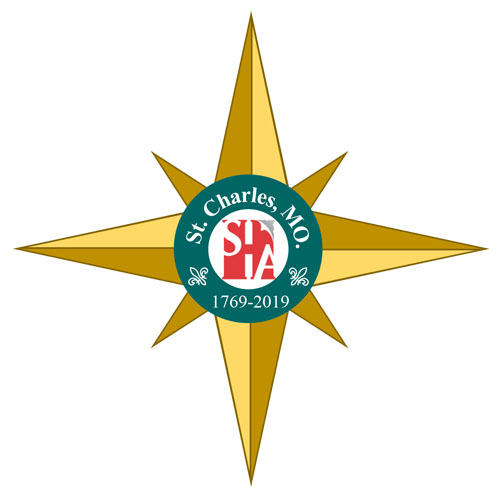Presenting a roundup of all the stories, photos and projects that got us excited this month!
We had a busy start to the year! January found us putting out the call for field technicians for this spring, seeing our research hit mainstream publications, and participating in a fun photo challenge!
Carbonized seeds that we discovered a site in Brantford, Ontario made a big splash in the media this month! ASI staff Jessica Lytle, Robert Wojtowicz, and ASI Founder Dr. Ron Williamson for co-authored a paper with Dr. Gary Crawford of University of Toronto analyzing over 140,000 charred seeds that we excavated back in 2010. They discovered that they were ancient, domesticated goosefoot, a form of quinoa native to eastern North America.
Quote: “Indigenous peoples at the time exchanged certain kinds of minerals and finished stone objects over long distances, but this is the first evidence of a crop circulating in this exchange system. What meaning this plant had for local Indigenous people nearly 3,000 years ago still is not clear.”
Articles on this exciting discovery showed up everywhere from the Smithsonian, Atlas Obscura to Phys.Org among others!
With the success of the quinoa article, we decided it was high time that we made our resident paleobotanical expert Jessica Lytle our Featured Employee! Click through to hear all about how she got her start in archaeology, and her extremely muddy favourite fieldwork memory!
We put out our job posting for Field Technicians for the 2019 field season out of our Burlington office!
Want to work in archaeology? Our ideal candidate is seeking experience in the Ontario Cultural Resource Management industry and is an active, energetic team player who thrives in a variety of outdoor work environments. We provide training for new hires on identifying and processing artifacts recovered in the field.
Follow this link to learn more and apply today!
ASI always goes in big for Robbie Burns day, and this year was no exception! Highlights include the tandem “stabbing of the haggis” at our Toronto and Burlington offices, Rob MacDonald sharing his piping skills, and a particularly stylish pooch!




For people in the heritage field, winter time is training time! Our Cultural Heritage Assistant Laura Wickett and our Lab Manager Alexis Dunlop just re-upped their First Aid certificates. Leading us to wonder, what can’t you cure with triangular bandages?
Our Field Directors started their winter training sessions as well! They are taking part in weekly day-long training sessions throughout the winter, on everything from artifact analysis to people management. Field Directing is such a challenging job, the more training the better!



This month, we participated in #Archaeology31, a challenge that got the online archaeology community sharing many great photos! You can see our full month of photos right here, and be sure to check out all the other great material that has been posted to that hashtag. We loved this contest, thanks so much to Kim Biddulph for putting this project together! Kim is a Heritage Education Consultant working in the UK, and created the challenge to coincide with the Public Archaeology Twitter Conference, which took place on January 31st.
Speaking of Twitter, we had a lot of fun with the #greatesthits hashtag! So many people shared fun insights about their jobs. Here’s a great roundup that includes some of our favourites.
ASI was at the Annual Conference for the Society of Historical Archaeology, which took place in St Charles, Missouri this year!
Dr. Andrew Riddle and Dr. Katherine Hull co-presented a paper titled Sharing the CRM Wealth: Creating a Searchable Archaeological Database with GIS, where they continue their exploration of the role that Cultural Resource Management companies can have in facilitating data sharing within our discipline.
Dr. Katherine Hull also presented a paper related to her PhD work on the archaeology of the Great Irish Famine Forget Me Not: Charles Orser’s Unearthing of Hidden Ireland. This paper explores the legacy of the great Charles Orser in relation to his historical archaeological work in Ireland, which helped to tell the stories of lower class Irish people in the nineteenth century, as well as shedding light onto local pottery production.
This article really caught people’s imagination! The Museum of Failure in Helsinborg, Sweden, wins in terms of cringe-worthy nostalgia. The museum houses a collection of infamous product flops from some of the most recognizable brands in the world.
Quote: Come to the museum for the funny fails, but stay for a lesson in the “risky business of innovation.”
Follow the link to see if your favourite flop made the cut!
And finally, on January 22nd Health Canada released their anticipated new food guide, so we though it was the perfect time to look back at how commercialism has influenced our relationship with food! This article on Theodore Loblaw tells the story of Canada’s first self serve grocery store, an innovation which transformed our food buying habits.






















